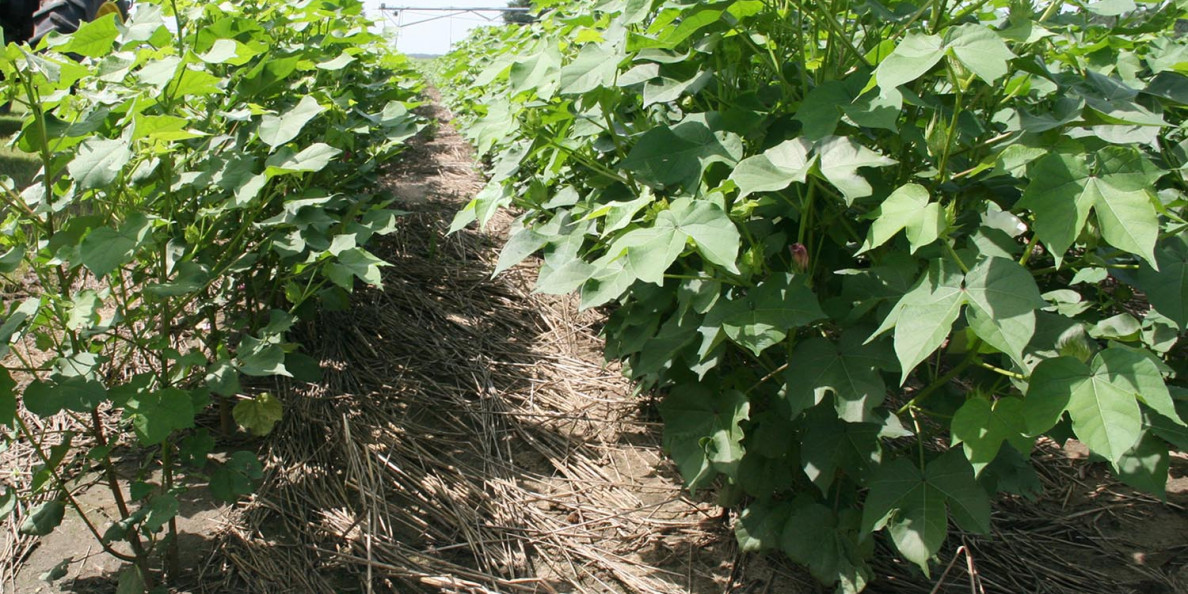Farmers interested in tapping into potential carbon markets could see benefits other than an added revenue source.
A carbon economy offers farmers opportunities to sell carbon credits through certain conservation practices they employ on their land. Those practices also can reduce agriculture’s own carbon footprint, currently calculated at creating nearly 10% of the U.S. greenhouse gas emissions.
Soil management is a significant source of those emissions, according to several presenters at a recent “Carbon Farming in Texas” workshop in Robstown, Texas.
Texas AgriLife research agronomist Katie Lewis, Lubbock, said agriculture can play a role in reducing greenhouse gas emissions.
Lewis offered four options to increase carbon stocks in the soil. “Producers can manage soil to increase stocks," she said. “Keys are to minimize soil disturbance, maximize continuous living roots, maximize biodiversity, and maximize soil cover.
"Most soils are far from their carbon saturation threshold,” she said. “There is potential for increased carbon inputs and management that protects carbon stocks to maximize carbon storage.”
Sink and reservoir
She explained that soil can be a carbon “reservoir,” storing carbon but not accumulating it.
She said a carbon sink accumulates carbon and is an ongoing process, increasing the amount of carbon stored in it. Growing plants accumulate carbon.
“Soil is a major carbon reservoir, but it could have the potential to be a sink,” Lewis said. That’s where soil management comes in.
AgriLife Research Agronomist Jamie Foster, Beeville, explained the advantages of soil conservation management practices. “Conservation management decreases soil erosion of most fertile soils. It also decreases evaporative water loss,” she said.
“It increases water infiltration and soil organic mater and results in increased water quality and soil resilience.”
No-till planting and cover crops play important roles in improving soil management, Foster said.
She presented findings from several-long-term research projects. A dryland sorghum and cotton rotation study including conventional and no-till was initiated in 2008 at Corpus Christi. Foster said in two of the 13 years, no-till outyielded conventional tillage in sorghum but there was no difference in 11 of those years. Overall, no-till cotton yields were better than conventional. She also recorded an increase in soil organic matter over the course of the study.
Soil regeneration
“That’s about ¼ inch of rainfall advantage with no-till,” she said. “It takes time to regenerate soil.”
Another Beeville project including conventional tillage, strip tillage, and cover crops, showed no increase in soil carbon over the seven-year study. “It took 10 years to increase soil carbon in the Corpus study,” Foster said.
In the Beeville project, Foster noted, “no effect over time from tillage and cover in sorghum.”
She did see some effects in cotton from tillage, cover, and weather. “In five of the seven years, we saw no yield difference in cotton,” she said.
“We are currently finalizing a wheat double-crop study and have seen yield differences in some years with tillage and cover practices.”
She said no-till water stress increased in season in the double-crop sorghum, but moisture was adequate to support the wheat crop. “We see no difference in total carbon.”
Lessons learned
Foster said the soil management projects offered “some lessons and challenges. Weed control is an issue. This is not herbicide-free management.”
She recommended considering herbicide tolerant crops and possibly using tillage occasionally. She said no-till sorghum and mixed cover crop species pose herbicide selection challenges.
In reduced tillage systems, seed-to-soil contact is important. “Cover crops can also push back planting date.”
Other planting issues include residue management and understanding the rate of residue decomposition. Foster said decomposition rate varies across the state and is more rapid in the humidity of south Texas.
She said nitrogen immobilization and nitrogen fertilization can be issues. “Amount and timing are important considerations.”
Cover crop mixes may include grasses, legumes and forbs foster said soil management research also collaborated with the Soil Health Institute and Field to Market.
Other advantages
She also noted that soil conservation management may provide more than yield advantages. She referred to retired Extension Economist Mac Young’s studies that indicate no-till may provide yield advantages in some years but may also reduce labor and fuel costs.
Young’s findings include: “Switching to no-till cultivation has the potential to maintain or improve yields, reduce production costs, and increase profitability per acre. Overall fuel, labor, and repairs and maintenance expenses are less due to eliminating several cultivation trips across the field annually.”
In addition to in-person attendees, the Texas A&M AgriLife Extension Service offered the program to a remote audience through Zoom technology. Click this link to view the presentations.
Πηγή: farmprogress.com

